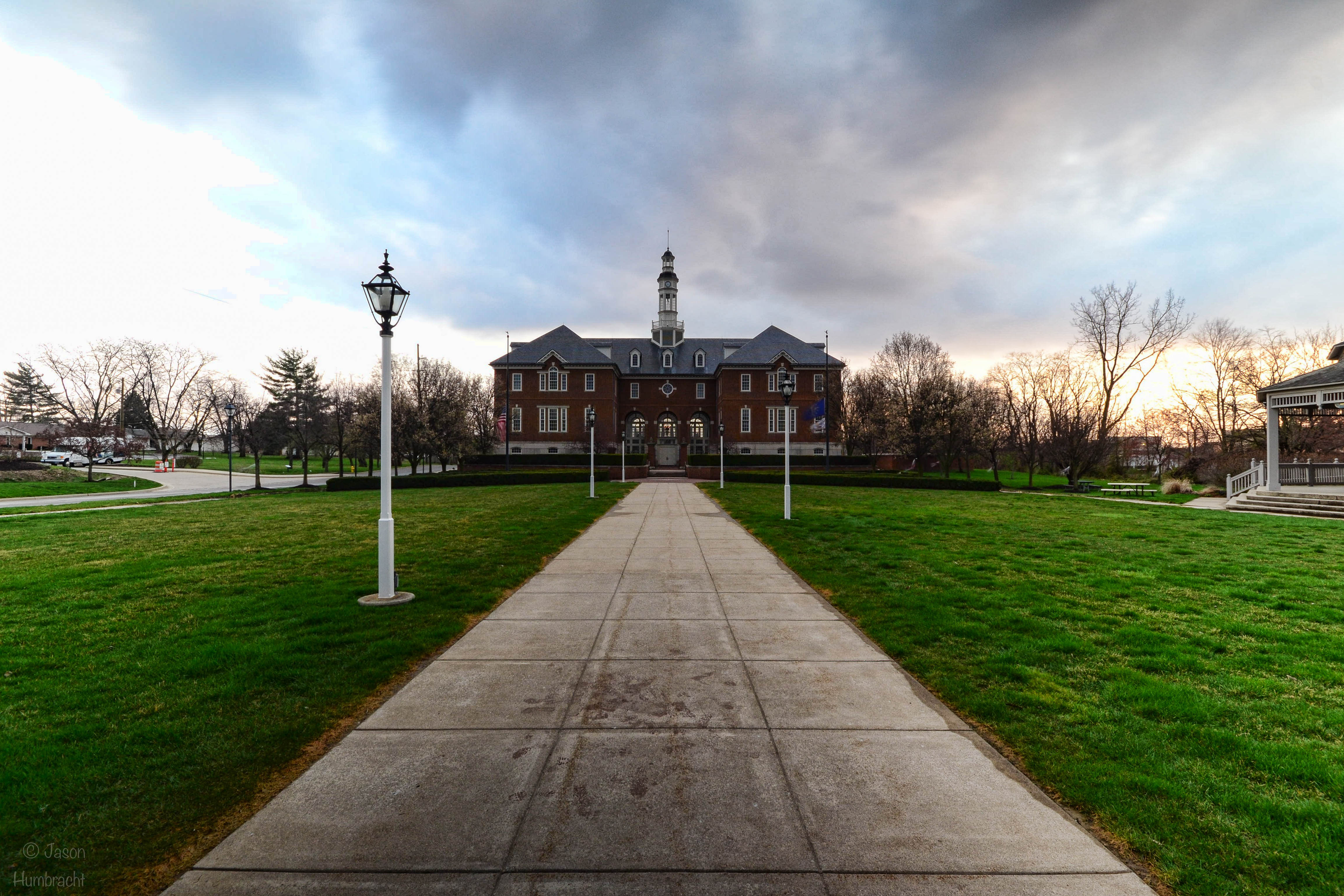Carmel, Indiana is a fast-growing, economically-thriving suburban edge city on the North Side of Indianapolis. Home to about 86,000 residents (2013), the once sleepy suburban community has been transformed over the past 20 years by ambitious redevelopment projects that have led to the making of a vibrant city that is no longer simply a place to sleep at night.

The City of Carmel spans 47 square miles across Clay Township in Hamilton County. The City is bordered by the White River to the east; Michigan Road (U.S. 421) and the county line to the west; 96th Street to the south and 146th Street to the north. Known for its highly educated and affluent population, Carmel households have average median income levels of $107,505 and the median average price of a home is $293,600, according to the U.S. Census Bureau. (source)

If you enjoy images of Indiana cities, or small towns in general, then click the link to view the beautiful, historic city of Madison in Southern Indiana.

The town of Carmel came into existence in 1837 when pioneer Daniel Warren platted the town under the name Bethlehem. The original settlement, centered at Main and Range Line Road, slowly grew as a typical farm town during its first 50 years. A substantial number of Quaker pioneers settled the area and opened a meeting house and school from which Carmel Clay Schools evolved. The town was incorporated in 1874 and officially changed its name to Carmel, although a post office had been established with the name Carmel nearly 30 years earlier. With the coming of a railroad, eventually known as the Monon, in 1882 the town began to grow more rapidly as farm products and other goods could be shipped by rail.


Shortly after the turn of the 20th century paved roads and the interurban reached Carmel. This afforded the opportunity for commuters to easily reach downtown Indianapolis. The Great Depression of the 1930s and World War II in the early 40s delayed suburban development until about 1950. Since that time the community has experienced explosive growth and development as a choice residential location of greater Indianapolis. And, by the late in the century, Carmel began developing many of its own employment opportunities along with shopping, recreational, and cultural institutions. Carmel became a city in 1976 and today is a community with a 175 -year history that is recognized as one of the nation’s best places to live, work, and raise a family. (source)

For tips on how to create better architecture images, go to my post 10 Helpful Tips for Striking Architectural Photography.

